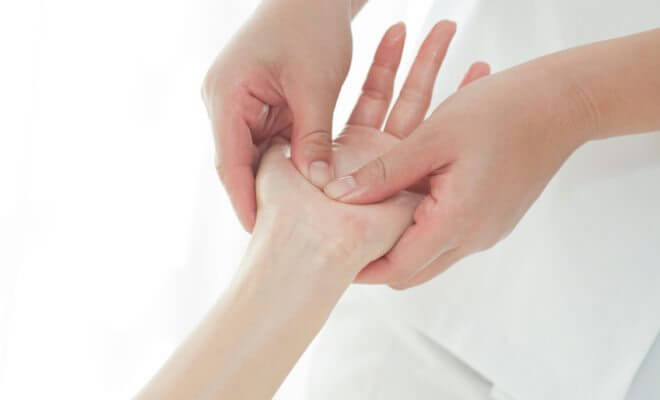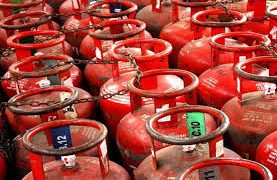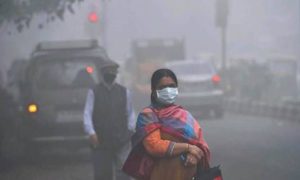When it comes to heart health, cholesterol is the most important parameter that defines risk of a heart attack, cardiac arrest and stroke.
KEY HIGHLIGHTS
- High cholesterol levels, if not managed timely, can cause a blockage in arteries thereby triggering a heart attack or stroke
- When it comes to heart health, cholesterol is the most important parameter
- Build-up of bad cholesterol levels causes narrowing of the arteries, raises blood pressure and hampers proper circulation
New Delhi: Work from home or office, studying at school or attending online classes – it’s a stressful world we live in where one hardly gets time to cook a healthy meal. As a result, many depend on convenience foods high in sugar, oil, saturated fats and preservatives content which may overtime add extra kilos resulting in obesity, and sometimes chronic conditions of the heart.
When it comes to heart health, cholesterol is the most important parameter that defines risk of a heart attack, cardiac arrest and stroke. While it moves around your body through blood and keeps arteries healthy for proper blood circulation, trouble kicks in when the build-up of bad cholesterol levels increases. This causes narrowing of the arteries, raises blood pressure and hampers proper circulation.
What are the symptoms of high cholesterol?
What makes high cholesterol a serious health hazard is the fact that it often comes with no prominent symptoms. A patient with high cholesterol levels may not even realise that things could be going haywire – however, according to The American Academy of Dermatology Association, your skin could be sending out serious hints about high cholesterol levels.
High cholesterol signs on hands, elbows and feet
High cholesterol levels, if not managed timely, can cause a blockage in arteries thereby triggering a heart attack or stroke. The American Academy of Dermatology Association reveals that some of the early signs of this condition show up on your skin – small, soft, yellow or red-coloured bumps on the elbows, knees, hands, feet, or sometimes around the nose.
While some may confuse them with regular pimples, these could actually be cholesterol deposits or a sign of pancreatitis. Some of these can either be too large – approximately three inches in diameter and some could be small. Over time, these could come together to form bigger lumps of cholesterol. Often painless, these can develop on any body part.
Can one dodge risk of developing high cholesterol levels?
As it turns out, mitigating risk of high cholesterol is not rocket science. Instead, it requires minor lifestyle alterations.
- Stick a diet with healthy fats – fatty fish like sardines, nuts, desi ghee, cooking food in coconut oil or sarson ka tel
- Cut down on intake of processed foods full of saturated fats
- Eliminate refined sugar from diet
- Workout regularly
- Increase protein intake
- Drink green tea
- Increase fibre intake
Disclaimer: Tips and suggestions mentioned in the article are for general information purpose only and should not be construed as professional medical advice. Always consult your doctor or a dietician before starting any fitness programme or making any changes to your diet.





































